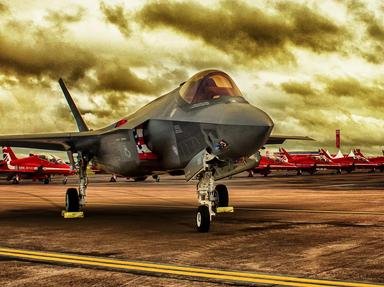Quiz Answer Key and Fun Facts
1. When you meet Major Tom he is wearing the famous beret of the Royal Marines. He speaks with pride, remembering when he completed and passed his training and was finally allowed to wear it, but what colour is this famous beret?
2. As well as the famous beret you notice that Major Tom is wearing a uniform that is a different colour to those of the rest of the British military. When you ask him about it he tells you it is unique to the Royal Marines and is known by what name?
3. Accompanying Major Tom to his office you pass a sign telling you that you are at the Commando Training Centre Royal Marines. The sign features a large version of the Royal Marines' crest which includes their motto 'per mare, per terram'. Knowing a little Latin you deduce that this motto means?
4. You are also curious about the word 'Commando' itself and ask Major Tom why the Royal Marines are known as 'Commandos'. In his answer he tells you that the term was first used of British units during which war?
5. Major Tom tells you of a campaign he took part in which involved a lot of "yomping" for him and the men under his command. Not being familiar with Royal Marines' slang you ask what "yomping" is. What is Major Tom's reply?
6. Major Tom tells you that as a Captain he served in a unit known as '43 Commando Fleet Protection Group Royal Marines'. As a member of this unit what would he have helped to protect?
7. You decide to ask Major Tom a question. Unfortunately you make the mistake of asking about his life in 'the army'. He tells you that the Royal Marines are not part of the army but are instead part of which service?
8. You notice that Major Tom has a picture of a women in uniform on his desk. He tells you that it is his wife who is also a Major! Would it be possible for her to serve in the Royal Marines like her husband?
9. Your visit to Major Tom is nearly over. As he is accompanying you to the exit you see some new recruits practising marching to music. You are surprised at the choice of music as you recognise it as a famous song about the sea. Major Tom informs you that the piece of music has been adapted as a March and is the quick march of the Royal Marines. What is the title of this piece of music?
10. Although you drove to the base, had you wished to visit Major Tom by train you could have caught one to the base's own railway station called Lympstone Commando. True or false?
Source: Author
The_Cyclist
This quiz was reviewed by FunTrivia editor
stedman before going online.
Any errors found in FunTrivia content are routinely corrected through our feedback system.


